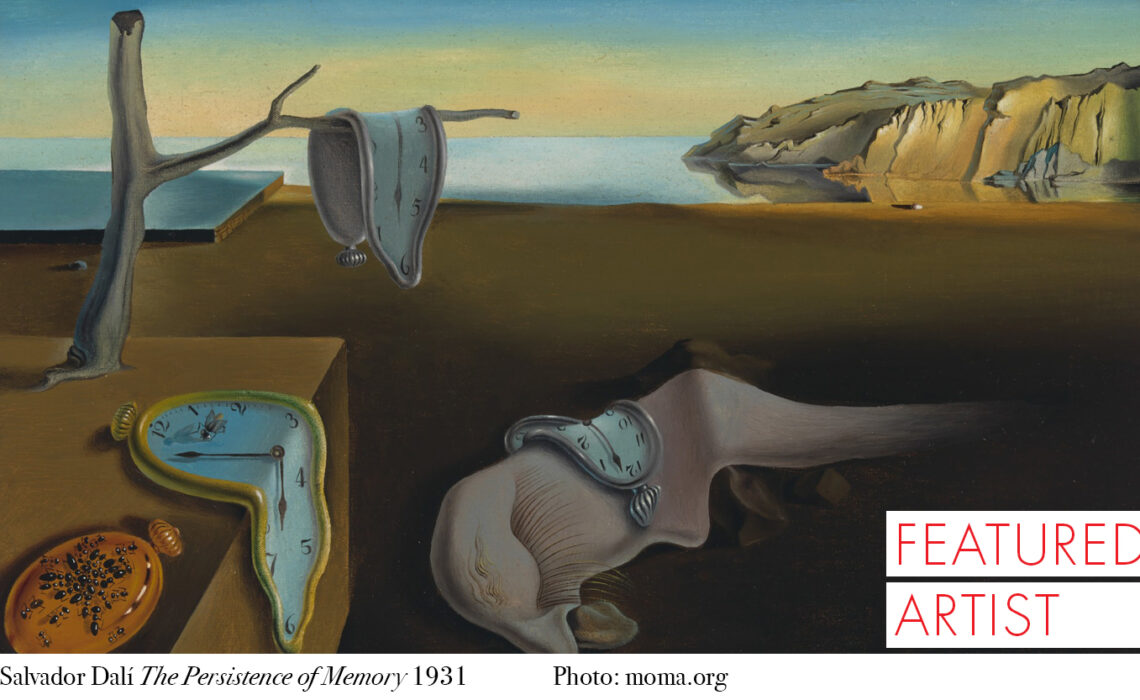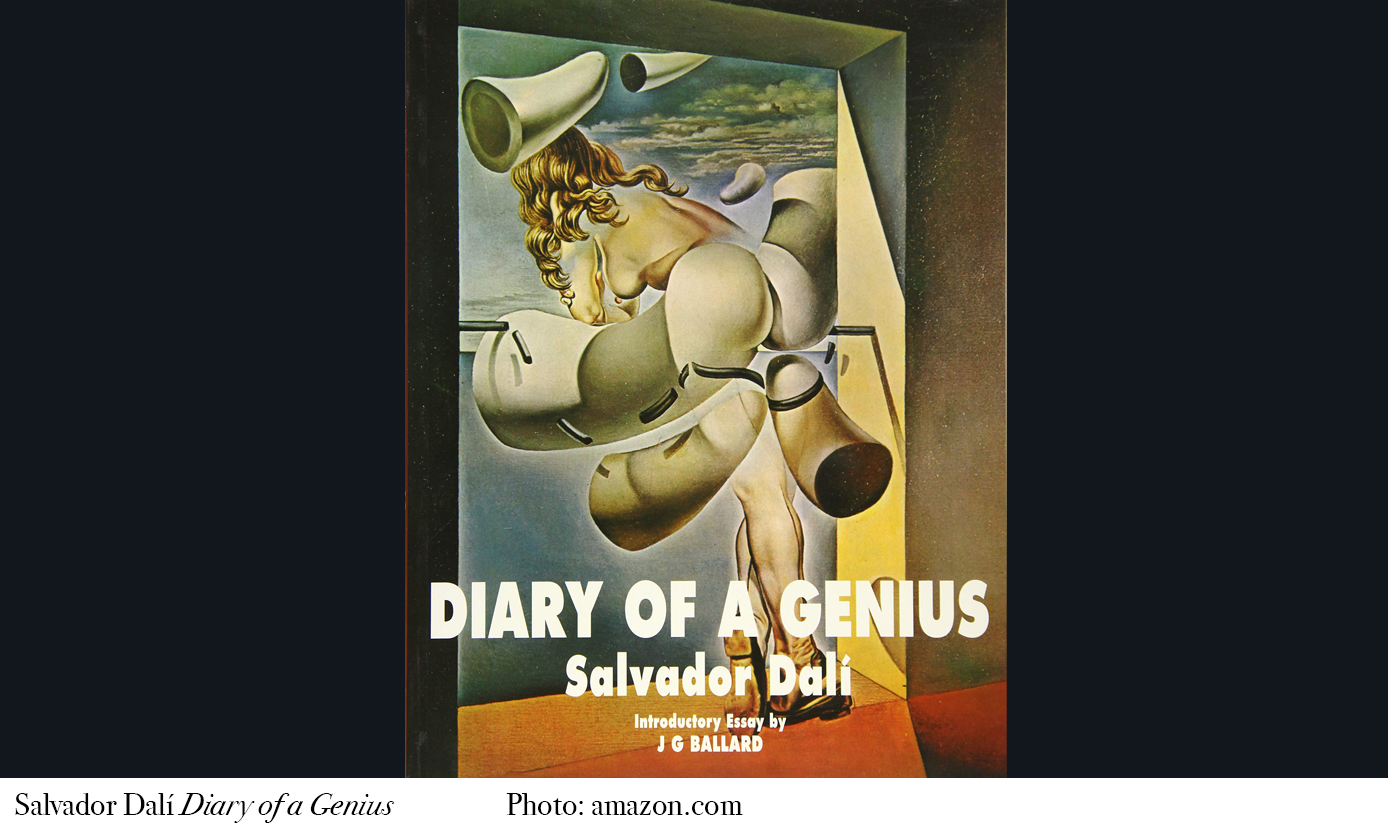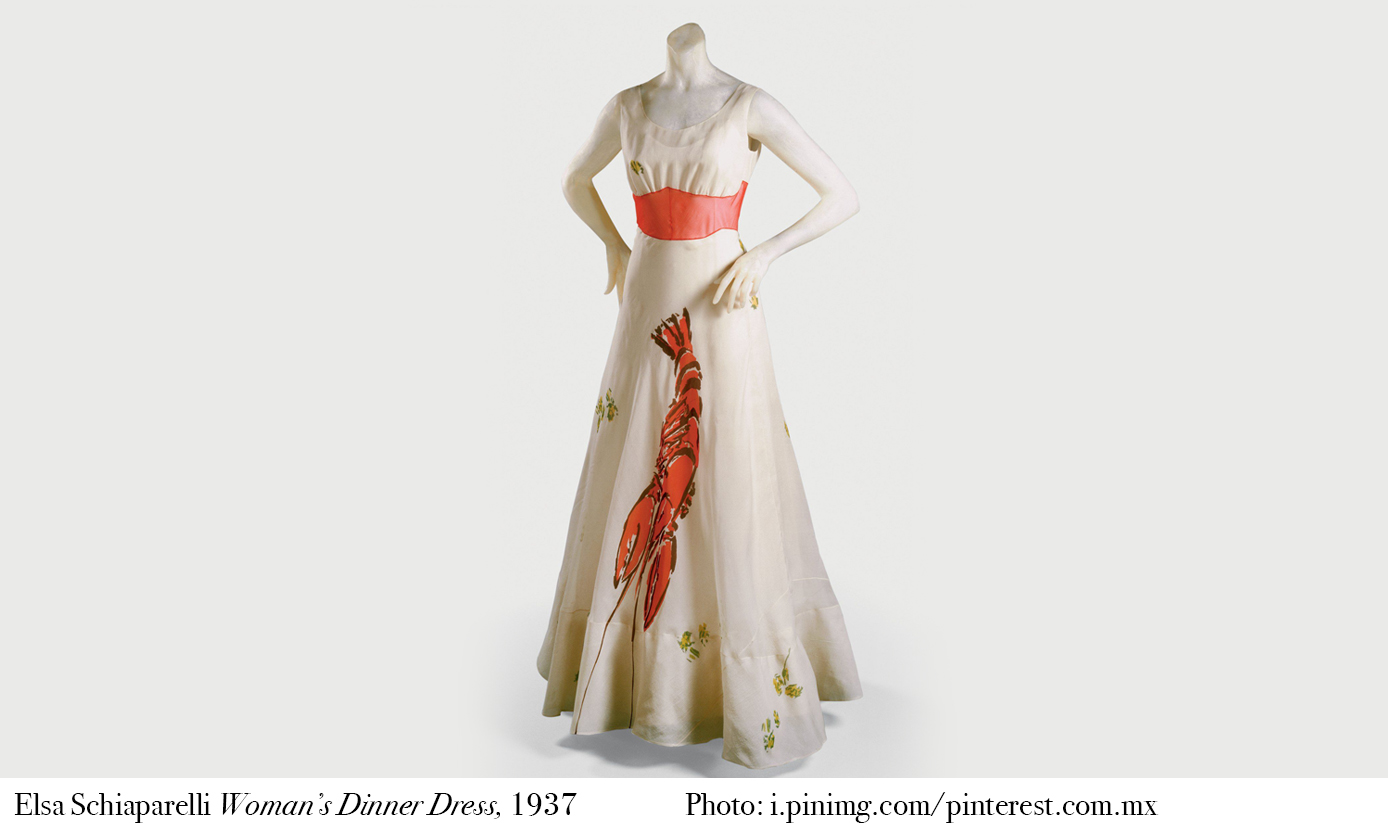
5 moments to meet Salvador Dalí
By Sybaris Collection
Painter, sculptor, filmmaker, writer, publicist, genius? Salvador Dalí was born on May 11 and died on January 23, 1989 surrounded by great controversy. His name still divides the public: on the one hand, those who admire his works with devotion discovering a risky painter; on the other, those who recognize his artistic talent and his ability to move with agility in different disciplines who, nevertheless, do not forget Dalí’s love for money and his unfortunate political declarations (André Breton addressed him as Ávida Dolars, an anagram of your name that summarized your business interest). We select 5 moments to get closer to the work of one of the most controversial surrealists in art history.
1) Painter
Dalí was the most recognized painter of Surrealism. His pictorial work is composed of approximately 1,500 paintings where the unconscious, detail and naturalism are the protagonists. One of his great influences was his compatriot Pablo Picasso. Through his paintings he created a symbolic universe that many psychoanalysts have interpreted from Freud’s theories of sexuality: soft watches, flimsy elephants, huge hardened eggs… Dalí painted a dozen paintings of his sister Anna Maria, where one can appreciate the love that came out of it for concepts such as melancholy, sadness and yearning. Among his most representative works are The Persistence of Memory (1931), Dream caused by the flight of a bee around a pomegranate a second before awakening (1944), Woman at the window (1925) and Metamorphosis of Narcissus (1937).
2) Filmmaker
Salvador Dalí was involved in two films as a director, both with Luis Buñuel. Un chien andalou and The Golden Age are two declarations of principles about Surrealism: a non-narrative cinema in which the montage obeys more to a dream intuition than to an intellectual assembly. His cinema has value not only as an example of the Surrealist manifesto, but as an encouraging attempt to extend the limits of cinematographic language. In Diary of a Genius, Dalí mentions one of his most extravagant and impossible projects. The Wheelbarrow of Flesh is a film that did not materialize, “for which it needed suicide swans, rhinos thrown from the Trevi Fountain, an old woman dressed as a bullfighter and a French omelette on her shaved head”, in the words of Jordi Mollà . Dalí also worked for Alfred Hitchcock in Spellbound, where he devised some of the scenarios, and together with Walt Disney in the script and production of Destiny, which was originally intended to be part of Fantasia, but did not see the light until 2003 in the form of short film.

Dalí was a total writer. He became interested in narrative, poetry, criticism, and diaries. Probably his two most important texts (and celebrated by critics) are The Secret Life of Salvador Dalí and Diary of a Genius, where he shows a surprising ability to passionately describe his most emblematic personal and artistic experiences. As a writer Dalí perhaps reached higher artistic moments than in his paintings and sculptures. Even he himself said that he would prefer to be remembered more as a writer than as an artist. The Center for Dalinian Studies of the Gala-Salvador Dalí Foundation released eight volumes where it compiles all the texts by the Spanish artist: dramatic works, essays, poetry, correspondence, prose and autobiographical texts.

Salvador Dalí challenged Roland Barthes’ omen of The Fashion System: Each garment and accessory has an exclusive and irrevocable place destined for the body. Together with Elsa Schiaparelli, he designed the hat-shoe, an utensil that in the shape of an accessory that belongs to the feet, should actually be placed on the head. As a result of the same collaboration, The Lobster Dress, The Tear Dress and The Skeleton Dress can be mentioned. The first one – the most famous of the three – is inspired by the lobster telephone that Dalí designed in 1936. In 1965 the Spanish artist sketched the drawing Yellow Astronaut (Clerical), which Christie’s values between 25,000 and 35,000 euros, where he fuses two antithetical concepts which results in a unique dress: the liturgy and the astronautics. Dalí’s dreamlike and extravagant world influenced collections of designers such as Dior, Prada and the Mexican Malafacha. The artist also collaborated as a cover designer for Vogue, probably the most famous fashion magazine in the world.
5) Publicist
It is no secret to anyone that Dalí was in love with his own image. And it took advantage of any circumstance to get (economic) return from it. The Spanish artist appeared in television commercials for companies like Alka Seltzer and Brandy. According to Meryle Secrest, Dalí charged $ 10,000 for a minute of recording. In 1968, Dalí shot a television commercial for the French chocolatier Lanvin, in which he mentioned: “Chocolate Lanvin drives me crazy!”. After his Spanish exile in the United States, he designed jewelry, clothing, furniture, settings and shop windows that had an unsuspected publicity impact. He also designed the Chupa Chups logo in 1969.


